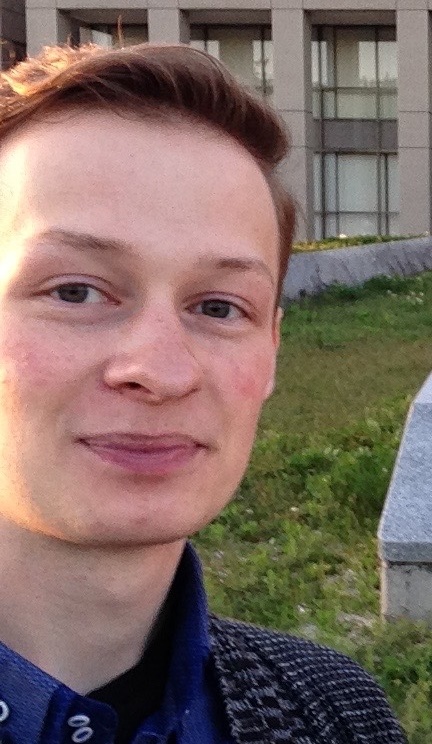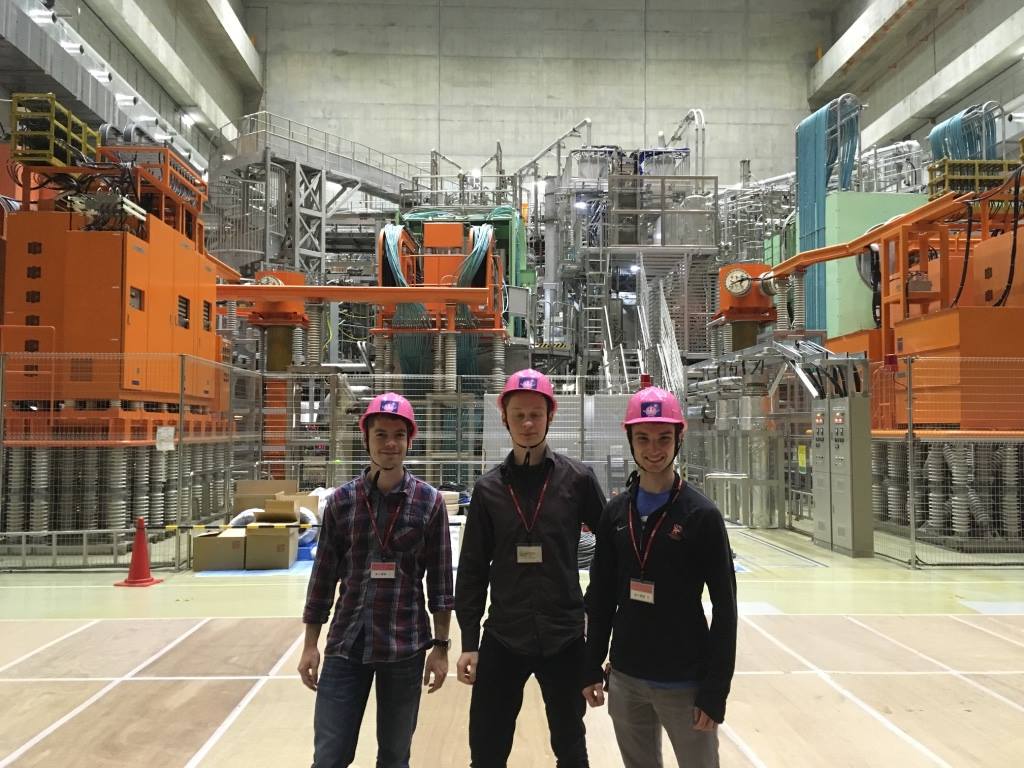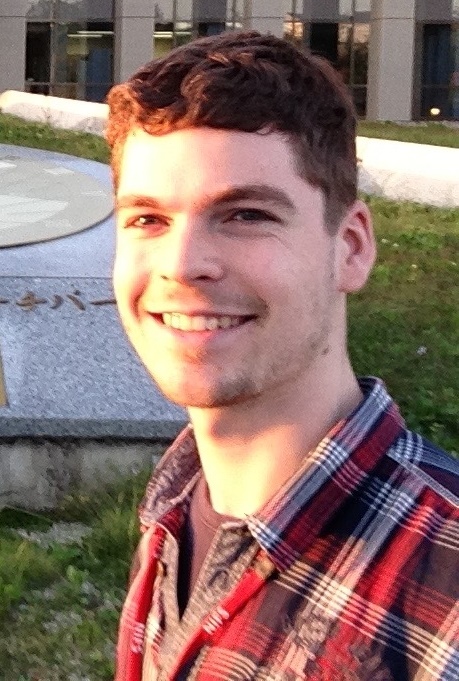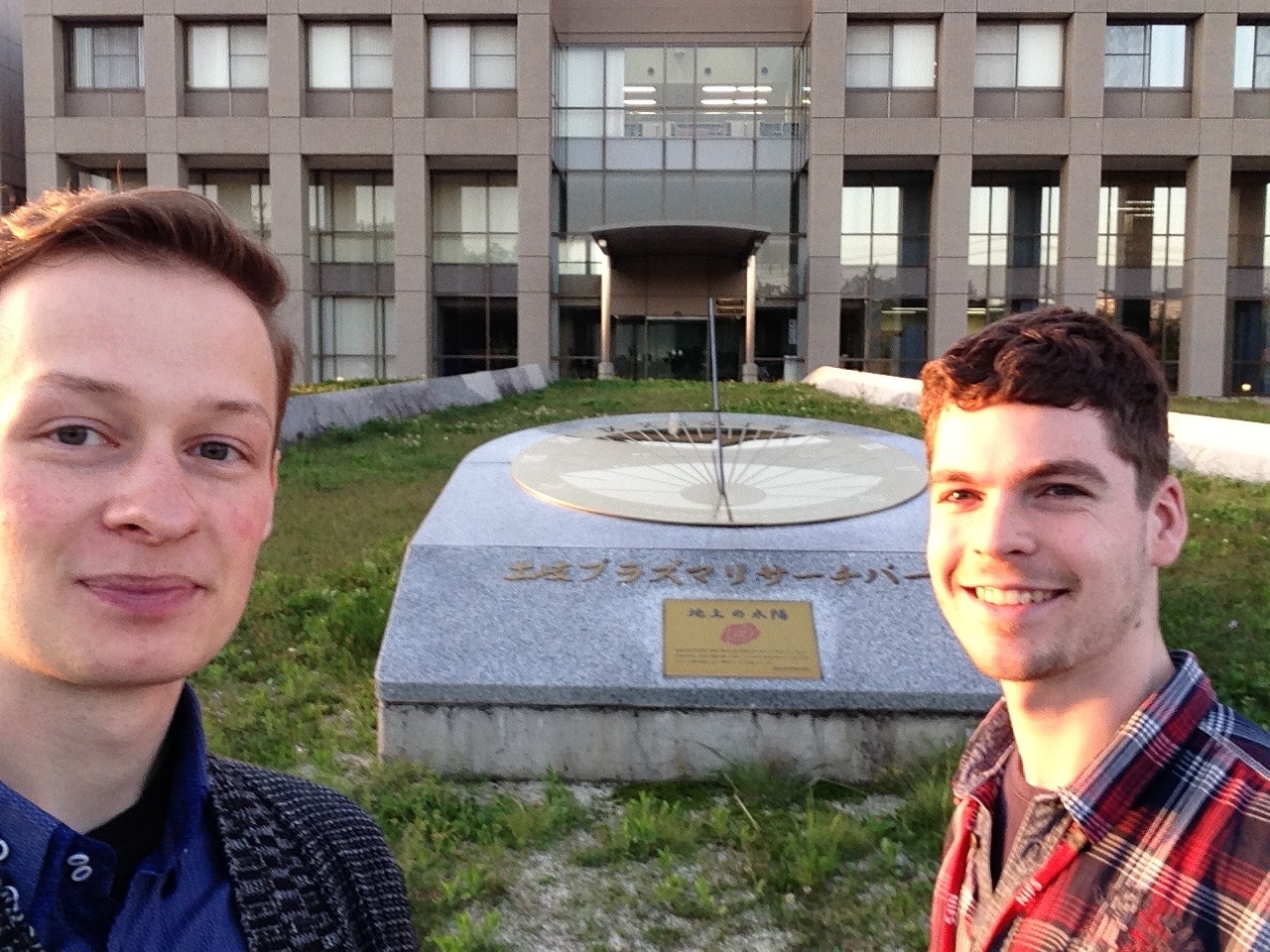Master Internship at the National Institute for Fusion Science in Toki, Japan
Reported by Artur Perek. Powered by FuseNet.
 My Master internship took place at the Charge Exchange Spectroscopy group of the National Institute for Fusion Science (NIFS) in Toki, Japan. The institute is home to the Large Helical Device (LHD), the second largest stellarator in the world. At first, the goal of my internship was to write a new data analysis program for the LHD, but the actual analysis turned into a hunt for the explanation of one of the effects that is specific to the LHD.
My Master internship took place at the Charge Exchange Spectroscopy group of the National Institute for Fusion Science (NIFS) in Toki, Japan. The institute is home to the Large Helical Device (LHD), the second largest stellarator in the world. At first, the goal of my internship was to write a new data analysis program for the LHD, but the actual analysis turned into a hunt for the explanation of one of the effects that is specific to the LHD.
Charge Exchange Spectroscopy at LHD
Charge exchange spectroscopy is an active diagnostic that employs a beam of neutral particles that is injected into the plasma. The neutral beam particles undergo a charge exchange reaction with the plasma species, during which a photon is emitted that carries information about the velocities of the initial particles. The total number of photos that is emitted provides information about the density of the plasma species, making it a perfect diagnostic for impurity studies.
The new data analysis program that I wrote, was designed to optimise the signal integration time for charge exchange spectroscopy measurements. The program allowed me to study plasmas with greatly varying impurity concentrations during the discharge. The results were of such interest that my Japanese supervisor decided that we should work to publish them together. My supervisor showed me also that the Japanese culture of observe and learn does not apply to scientific research, because we spent many hours discussing the results of my research and the directions of current and future work.

In front of the Large Hellical Device
A lesson in perfection - follow the Bushido code
Japan is a fantastic country with an amazing cultural heritage. Japanese people seem to follow the Bushido code: everyone is really mindful of each other and everyone tries to be the best version of themselves to serve the society. The Japanese pursue of perfection can be seen in every aspect of life, from busses that leave exactly, to the second, on time to restaurants in which every meal is simply perfect, no matter how simple or complicated it is.
During the national holidays I got the opportunity to travel through the country with the Japanese bullet train called Shinkansen, which made distances of 300 km feel like a bicycle trip. These travels allowed me to discover ancient Japanese temples and try different types of food, which vary between the different prefectures.
Master Internship at the National Institute for Fusion Science in Toki, Japan
Reported by Jasper Beckers. Powered by FuseNet.
 Plasma rotation plays an important role in the suppression of turbulence and the stabilisation of resistive wall modes, leading to an improved energy and particle confinement in fusion reactors. In an effort to benefit from plasma rotation, the study of (intrinsic) momentum transport is important. The main goal of my project was to implement two neoclassical forces (the neoclassical driving and damping terms) in the momentum transport analysis code that is used at NIFS’s Large Helical Device. The magnitude of these forces, which can be very significant in some cases, is calculated analytically based on the plasma parameters.
Plasma rotation plays an important role in the suppression of turbulence and the stabilisation of resistive wall modes, leading to an improved energy and particle confinement in fusion reactors. In an effort to benefit from plasma rotation, the study of (intrinsic) momentum transport is important. The main goal of my project was to implement two neoclassical forces (the neoclassical driving and damping terms) in the momentum transport analysis code that is used at NIFS’s Large Helical Device. The magnitude of these forces, which can be very significant in some cases, is calculated analytically based on the plasma parameters.
The first 2 or 3 weeks I used to make myself familiar with the theory and software, after which I felt ready to start writing my own software, helped by the people of the institute. Although the actual programming part of my project was not very difficult, it was rather time consuming, because I often had to cooperate with and wait for other people, before I could continue my own work. The main challenge, however, was to fully understand the physics at play and translate this into a functioning code.
During the project, I have shown that neoclassical effects are non-negligible in the plasma centre, which was studied in the case of NBI-reversal and pellet-injection. I have also shown that neoclassical effects become dominant in momentum transport in the plasma edge, as expected. The consequence of my work is that there is now an easy way to evaluate the magnitude of neoclassical effects for any LHD discharge, which allows for comparison of neoclassical momentum transport against experimental and computational results. Future work could focus on the (neoclassical) optimisation of configurations for intrinsic plasma rotation.

